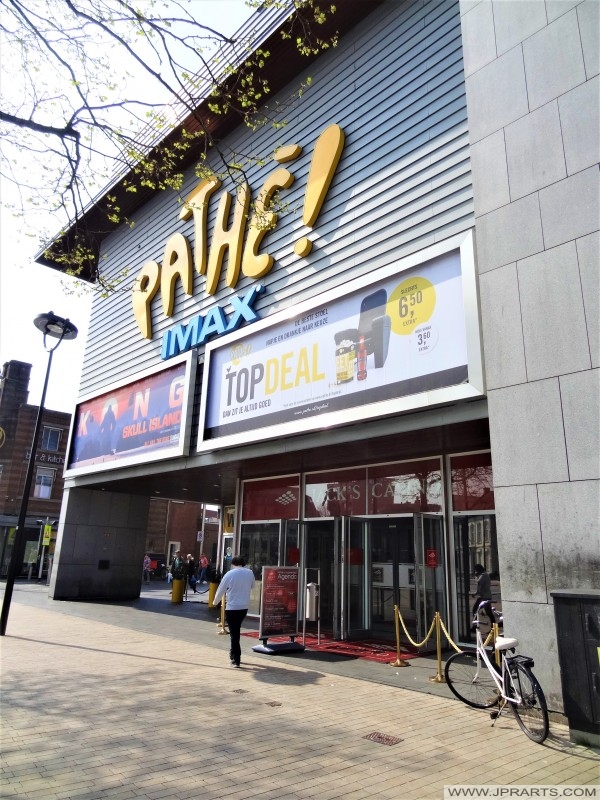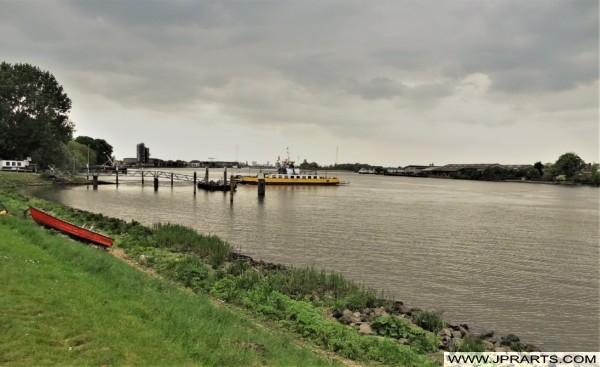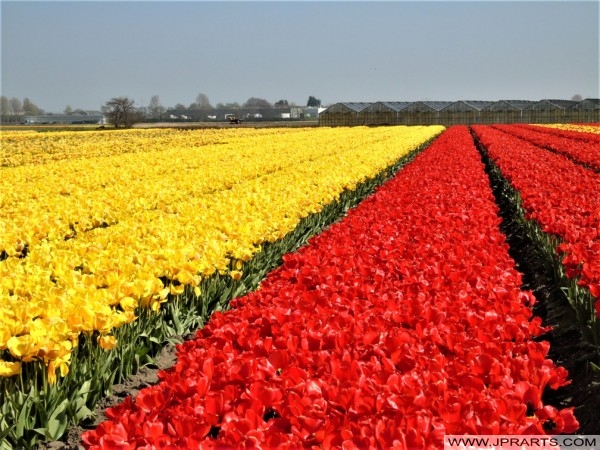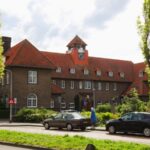Utrecht is the fourth-largest city of the Netherlands, as well as the capital and the most populous city of the province of Utrecht. The municipality of Utrecht is located in the eastern part of the Randstad conurbation, in the very centre of mainland Netherlands, and includes Haarzuilens, Vleuten en De Meern. It has a population of 361,699 as of December 2024.
Utrecht, The Netherlands
Utrecht, Países Bajos
Utrecht, Niederlande
Utrecht’s ancient city centre features many buildings and structures, several dating as far back as the High Middle Ages. It has been the religious centre of the Netherlands since the 8th century. In 1579, the Union of Utrecht was signed in the city to lay the foundations for the Dutch Republic. Utrecht was the most important city in the Netherlands until the Dutch Golden Age, when it was surpassed by Amsterdam as the country’s cultural centre and most populous city.
荷兰乌得勒支
Утрехт, Нидерланды
Utrecht, Pays-Bas
Utrecht is home to Utrecht University, the largest university in the Netherlands, as well as several other institutions of higher education. Due to its central position within the country, it is an important hub for both rail and road transport; it has the busiest train station in the Netherlands, Utrecht Centraal. It has the second-highest number of cultural events in the Netherlands, after Amsterdam. In 2012, Lonely Planet included Utrecht in the top 10 of the world’s unsung places.
Utrecht, Nederland
أوتريخت، هولندا
أउट्रेच, नीदरलैंड
Utrecht’s cityscape is dominated by the Dom Tower, the tallest belfry in the Netherlands and originally part of the Cathedral of Saint Martin. The second-tallest building of the city, the Rabobank-tower, was completed in 2010 and stands 105 m (344 ft) tall. Two antennas will increase that height to 120 m (394 ft). Another landmark is the old centre and the canal structure in the inner city. The Oudegracht is a curved canal, partly following the ancient main branch of the Rhine. It is lined with the unique wharf-basement structures that create a two-level street along the canals. The inner city has largely retained its medieval structure, the moat ringing the old town is largely intact. Because of the role of Utrecht as a fortified city, construction outside the medieval centre and its city walls was restricted until the 19th century. Surrounding the medieval core there is a ring of late-19th- and early-20th-century neighbourhoods, with newer neighbourhoods positioned farther out. The eastern part of Utrecht remains fairly open. The Dutch Water Line, moved east of the city in the early 19th century, required open lines of fire, thus prohibiting all permanent constructions until the middle of the 20th century on the east side of the city.
Utrecht, Holanda
Visit the Cheap Webshop for Blu-rays, Books and DVDs
Visit Netherlands Travel to Book Flights and Hotels Cheap Online





